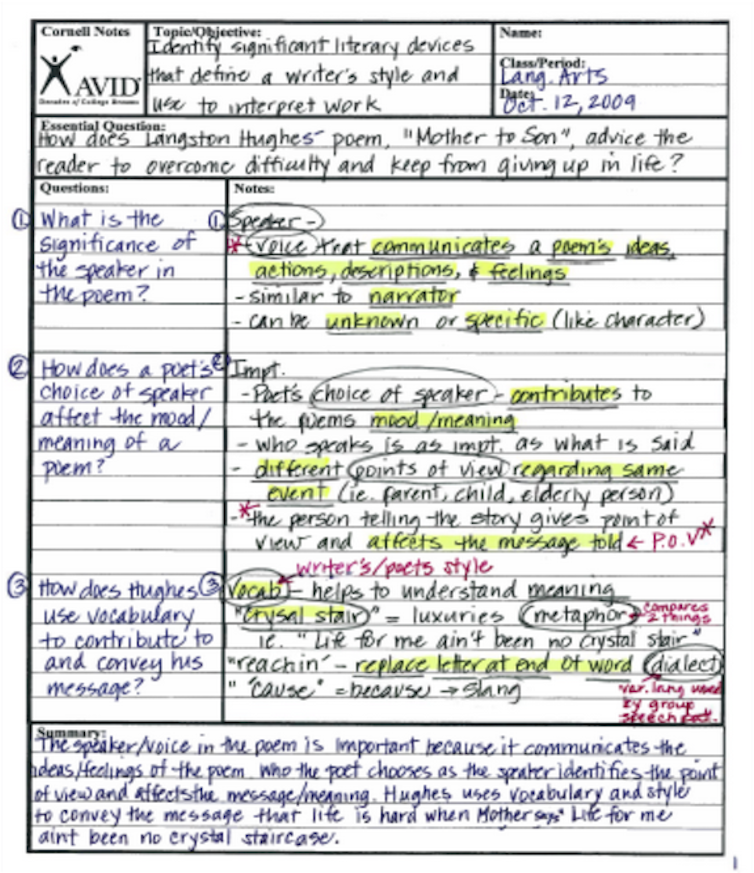To form a habit, it’s important to chunk your habits into a series of smaller tasks. For example, a morning routine can be considered a habit broken up into the following series of tasks:
- Get up at the same time every day
- Go to the same bathroom
- Brush my teeth
- Wash my face
- Moisturize
My habit begins with getting up and ends with moisturizing. Because I am used to completing the three steps in between those, it is hard to skip them as they are part of the habit.
So, if you want to change a habit to wake up earlier, you should chunk your habit with a series of other actions. For instance, you can wake up at the desired time every day, drink a glass of water, and read the news for five or ten minutes. If you want to study every day at a certain time, start your habit with an action-step, like heading to your favorite study spot, check your to do list, get out your study materials, start studying, and end the habit with a quick review of your study session.
In short, a new habit sticks best when you incorporate it into a series of other habits. This is because the part of your brain that is activated when you carry out a habit is excited at the beginning and end of a habit, so if you begin a habit it, it will be very hard for you to not finish it.
If you’re interested in reading the neuroscience behind why, here is the article I used as a reference: https://www.inverse.com/mind-body/how-to-change-bad-habits-in-the-brain-psychology?utm_source=Dartmouth+News+Today&utm_campaign=b0b78cb2dc-EMAIL_CAMPAIGN_2020_09_25&utm_medium=email&utm_term=0_4ae973c30b-b0b78cb2dc-292818778
